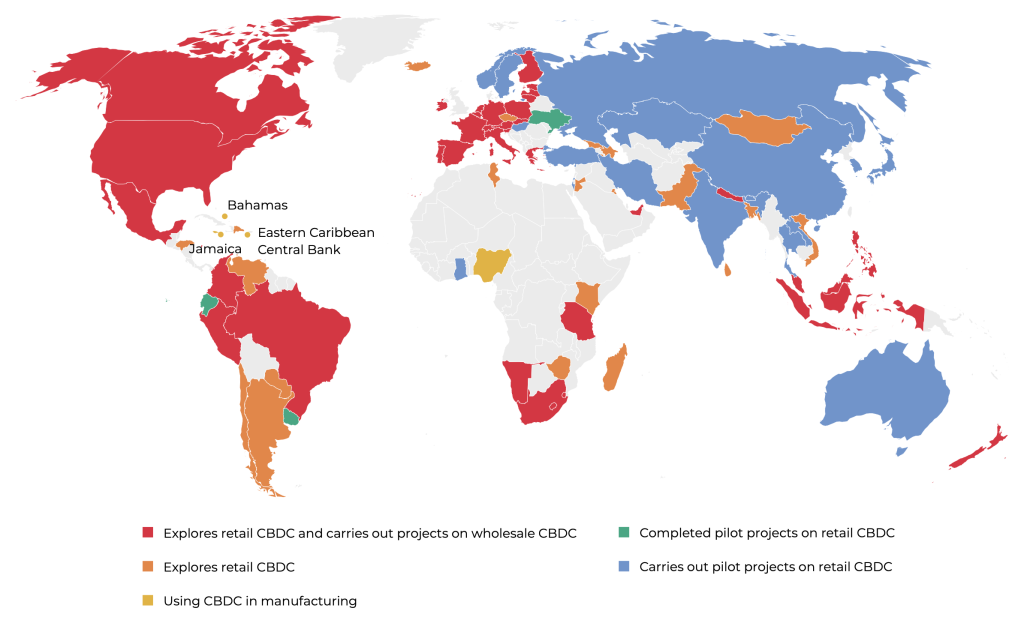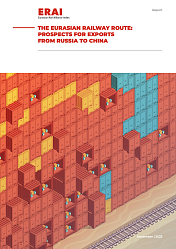In our previous review, we discussed opportunities for capacity building in the rail sector in terms of technology, including electronic navigation seals, introducing valid and binding e-document management solutions and AI-driven digital solutions in the rail freight transport sector. In this review, we focus on the digital payment and settlement infrastructure.
The Eurasian freight transit sector has been feeling the impact from the digital transformation, which is underway within the payment and settlement industry. The sanctions war created new costs, but digital payments and settlements offer and effective solution for cutting them, while also improving performance in the operation of the Eurasian rail route.
Central Bank Digital Currencies-driven cross-border settlements may well emerge as a critical element in the trade and financial infrastructure considering that the global financial infrastructure has been increasingly prone to fragmentation. CBDC payments can help address technical interoperability issues when carrying out cross-border payments by reducing their dependence on the international payment infrastructure. This way, they can operate as a SWIFT alternative.
EAEU countries are not on the same page in terms of their efforts to develop and introduce digital currencies. This reflects the global trend — in fact, all the countries are advancing at their own pace. Russia and Kazakhstan have made the biggest strides in developing their national digital currencies, while other EAEU countries are only beginning to weigh whether they need digital currency.
Countries exploring digital currencies and carrying out pilot projects to adopt them

Source: Compiled by the authors based on data from the Bank for International Settlements
Digital currency in transport and logistics has the potential to reduce the dependence from the Western interbank settlement system and provide for quicker cross-border payments. But there are restrictive factors too, since most of the CBDCs are currently in beta. Still, it is the transport and logistics sector and specifically cross-border freight transit which can serve as a regulatory sandbox as part of the general push to adopt and master digital currency.
The effort to introduce smart contracts became a major step towards promoting digital transactions. This solution brings together the entities involved in rail freight shipments within a single space and enables them to monitor the way they fulfil their shipping obligations.
Smart contracts rely on blockchain technology and ensure reliable transactions by automatically following their terms and conditions, making it much easier for all the parties to execute and perform shipping contracts. The entities involved in container shipments need to be able to track their container trains in real time, and blockchain offers them equal access to this information. They can then use it to better allocate their resources on border checkpoints, enabling shipping companies to respond to any delays more effectively and promptly.
China’s Logink offers a successful example of an effort to create a digital logistics system. President of Russia Vladimir Putin ordered the creation of the National Digital Transport and Logistics Platform (NDTLP).
The platform is expected to become fully operational in 2027. The experiment to create the NDTLP is scheduled to run from August 2024 until June 2025. It will ensure that all e-document management solutions cover freight shipments at all their stages, test the one-stop-shop mechanism for issuing permits and shipping documents, as well as test the NDTLP’s interoperability with other information systems.
The main advantages and disadvantages of implementing digital payment and settlement solutions can be found in the review.




